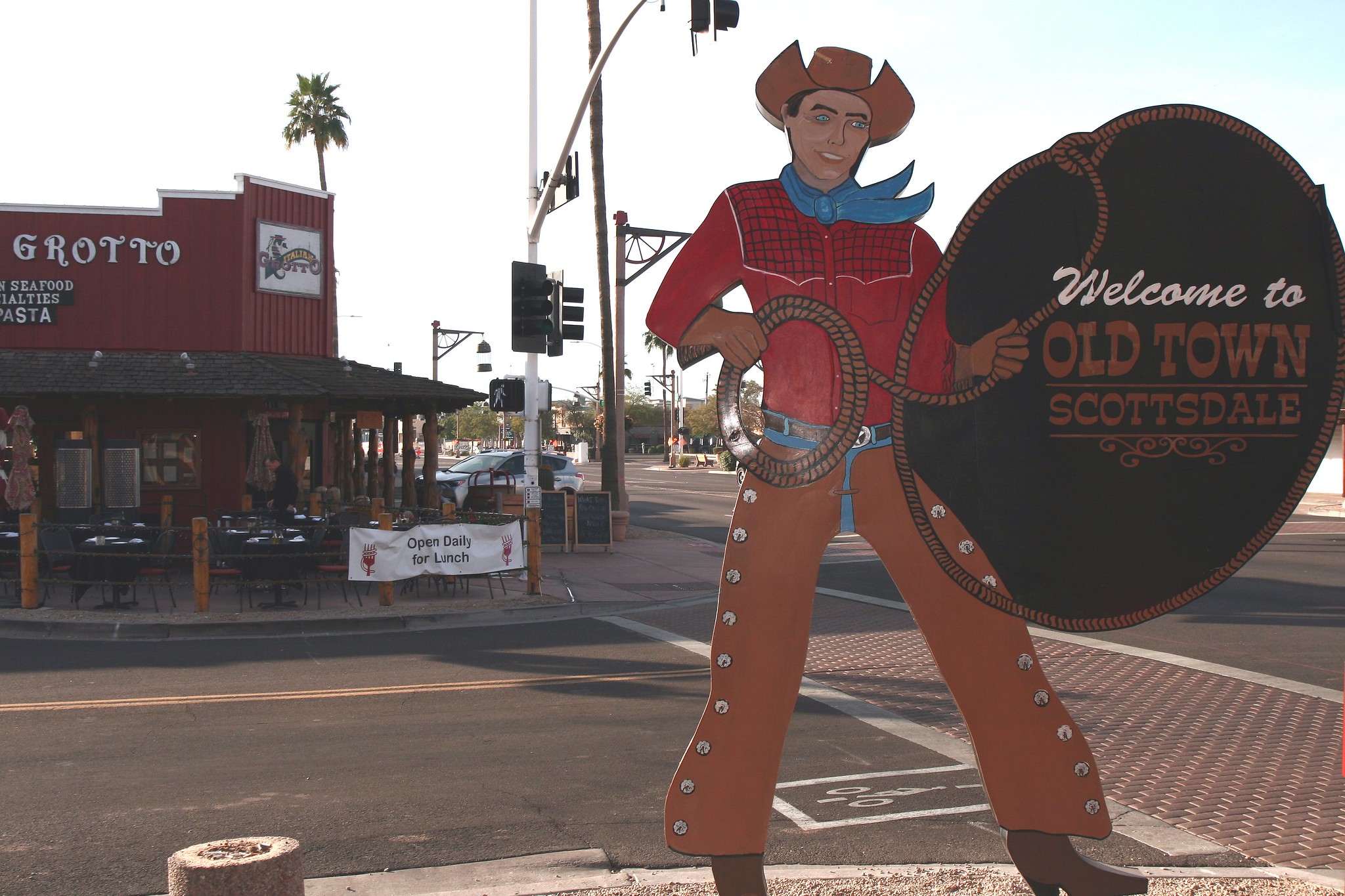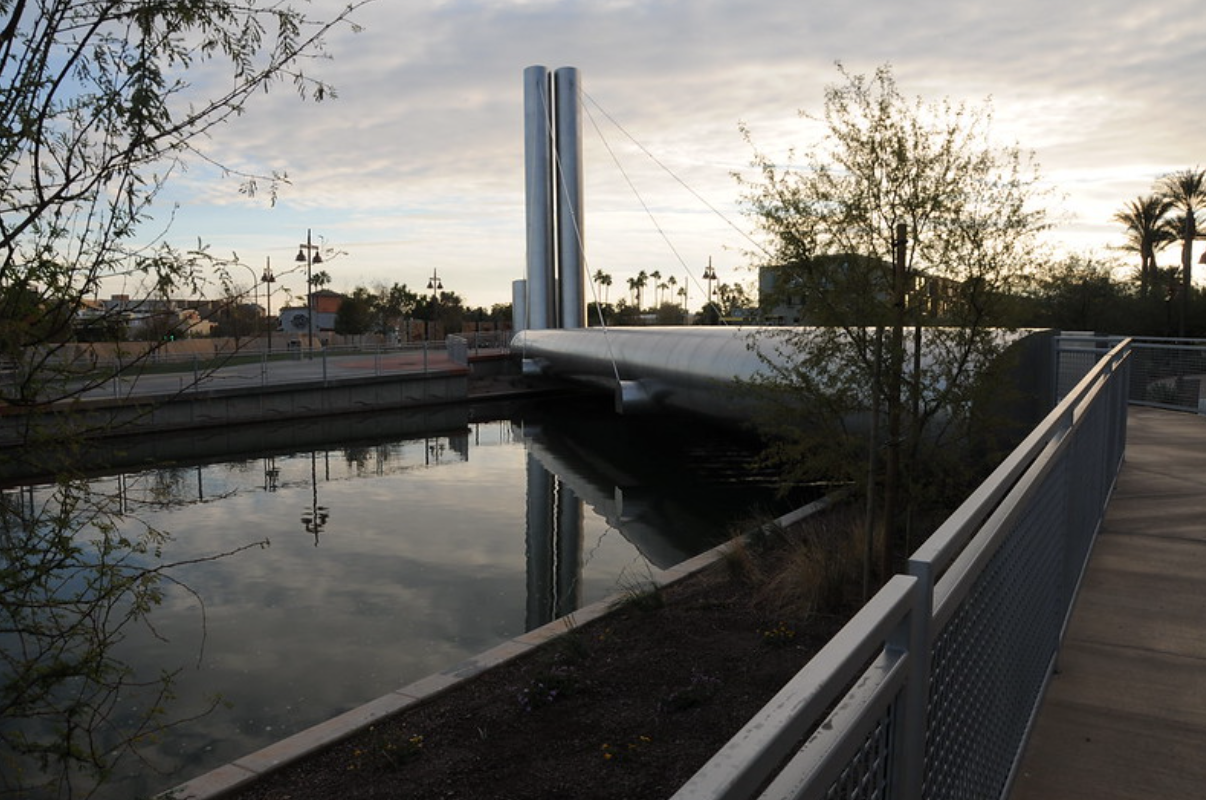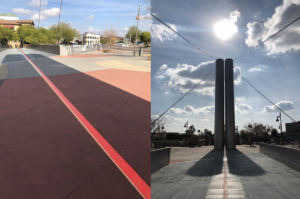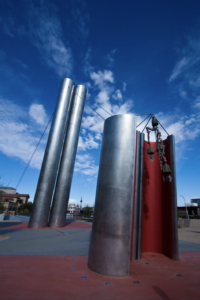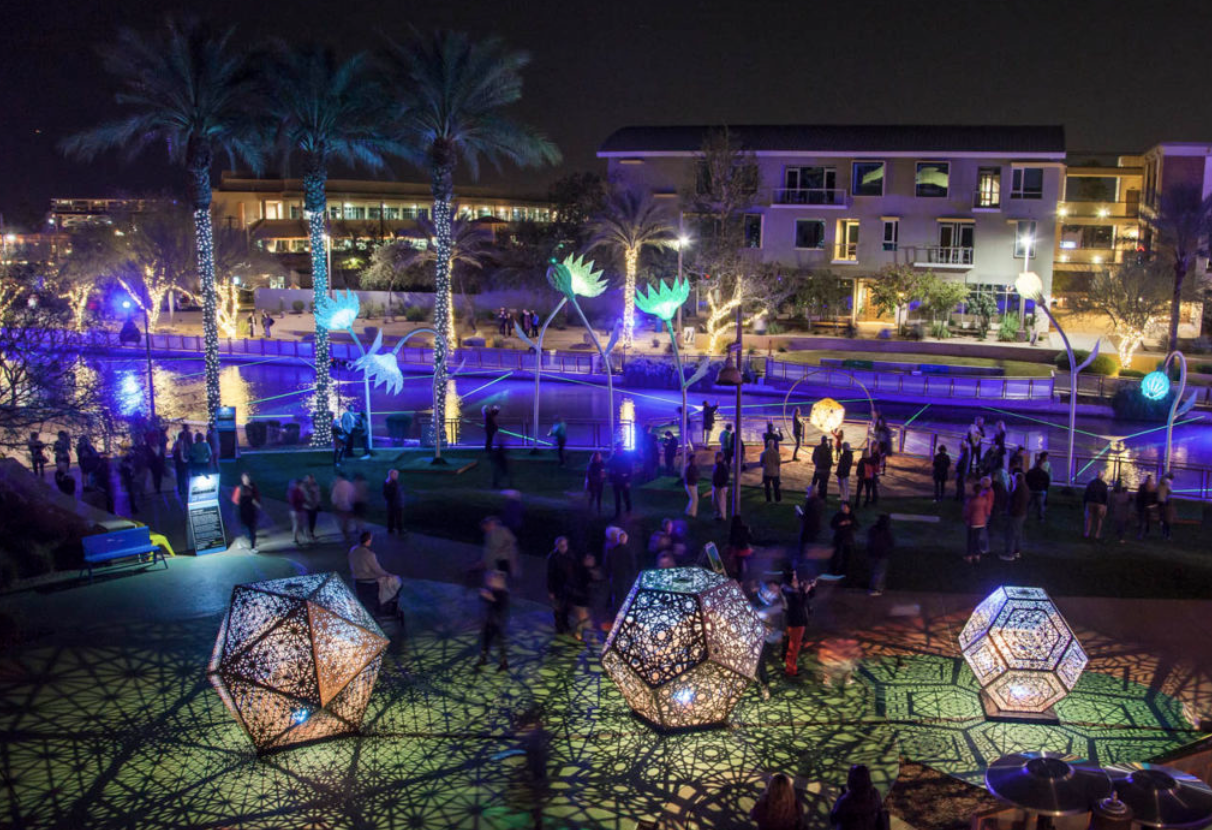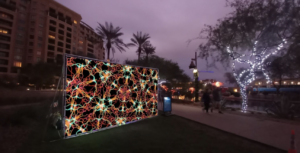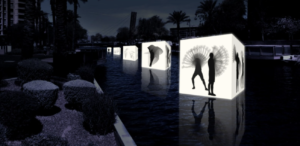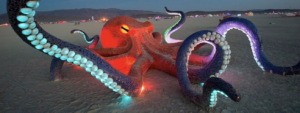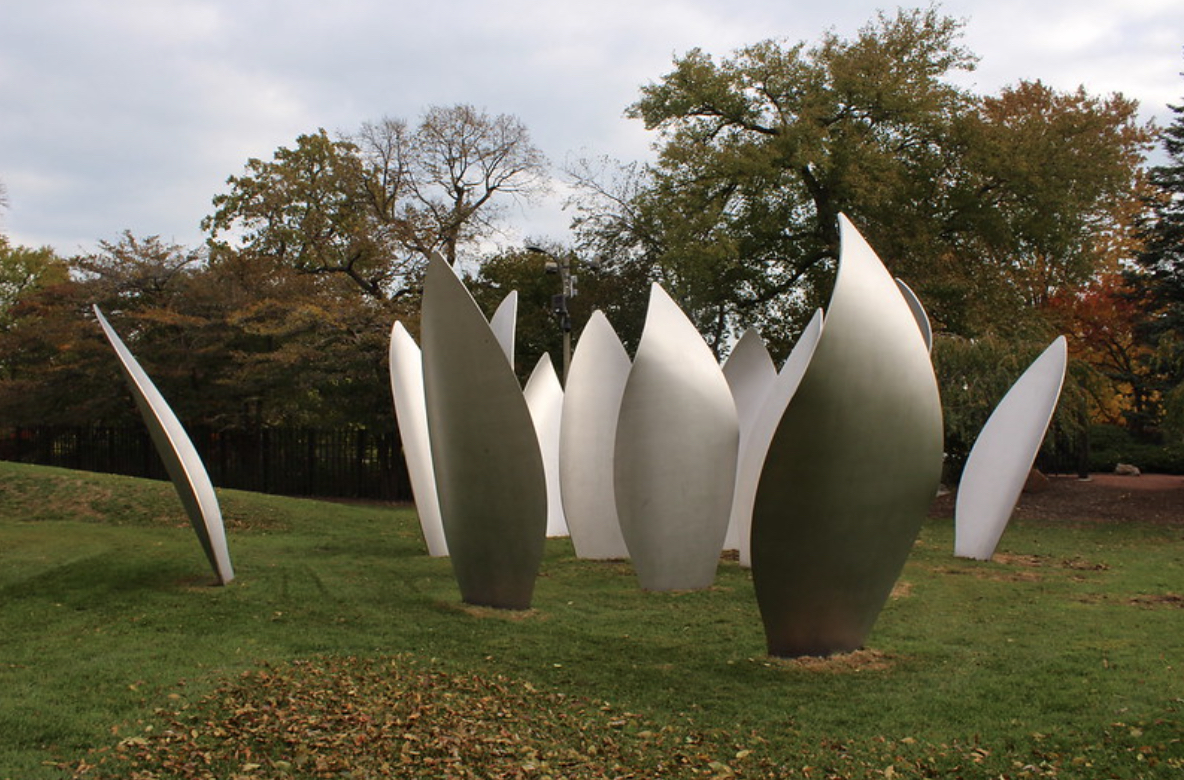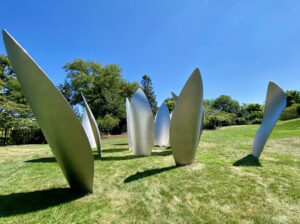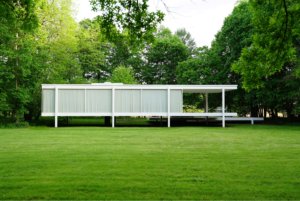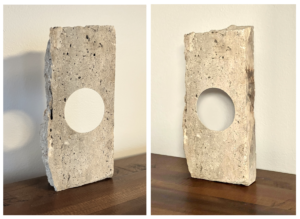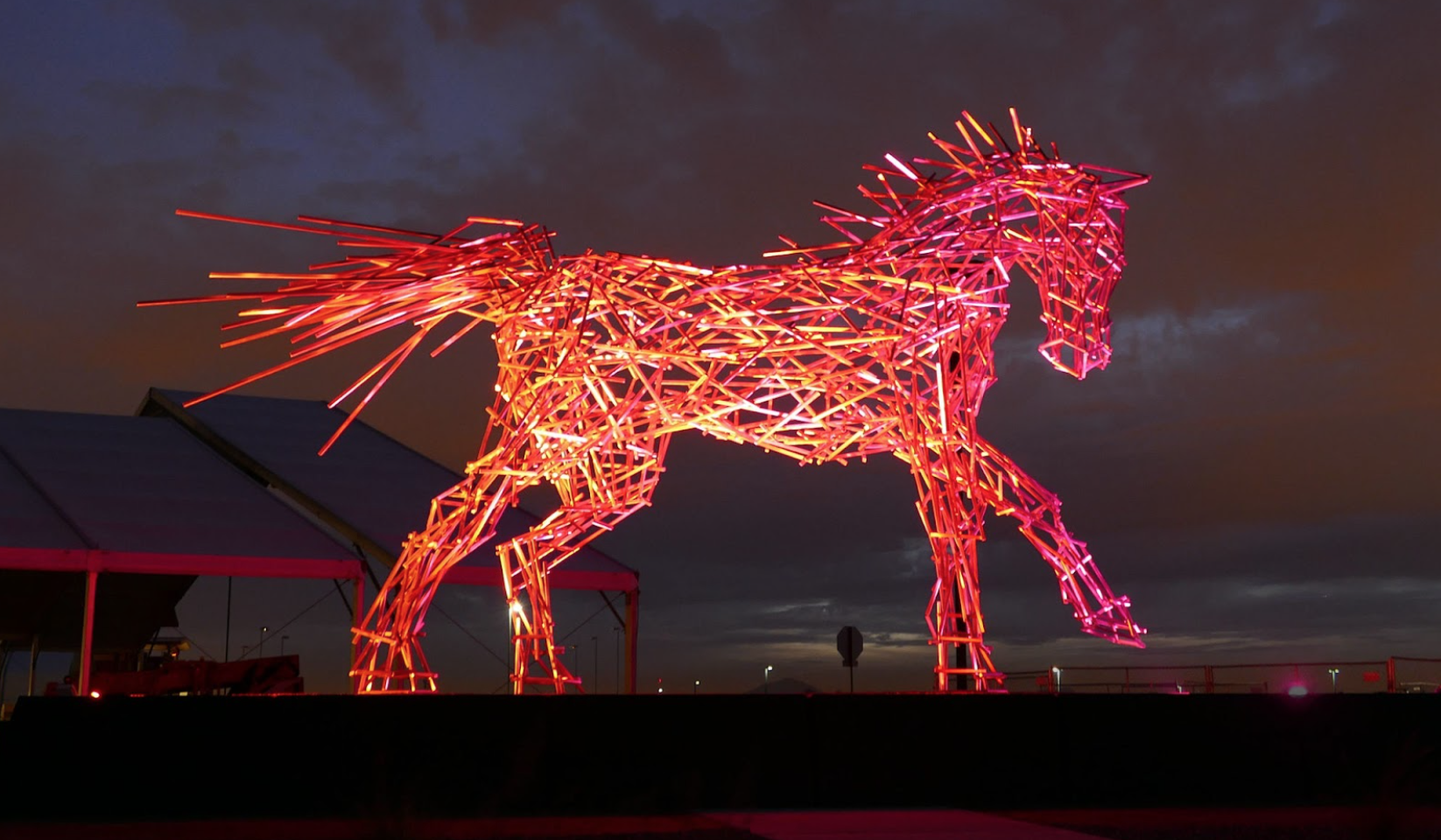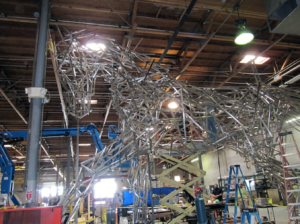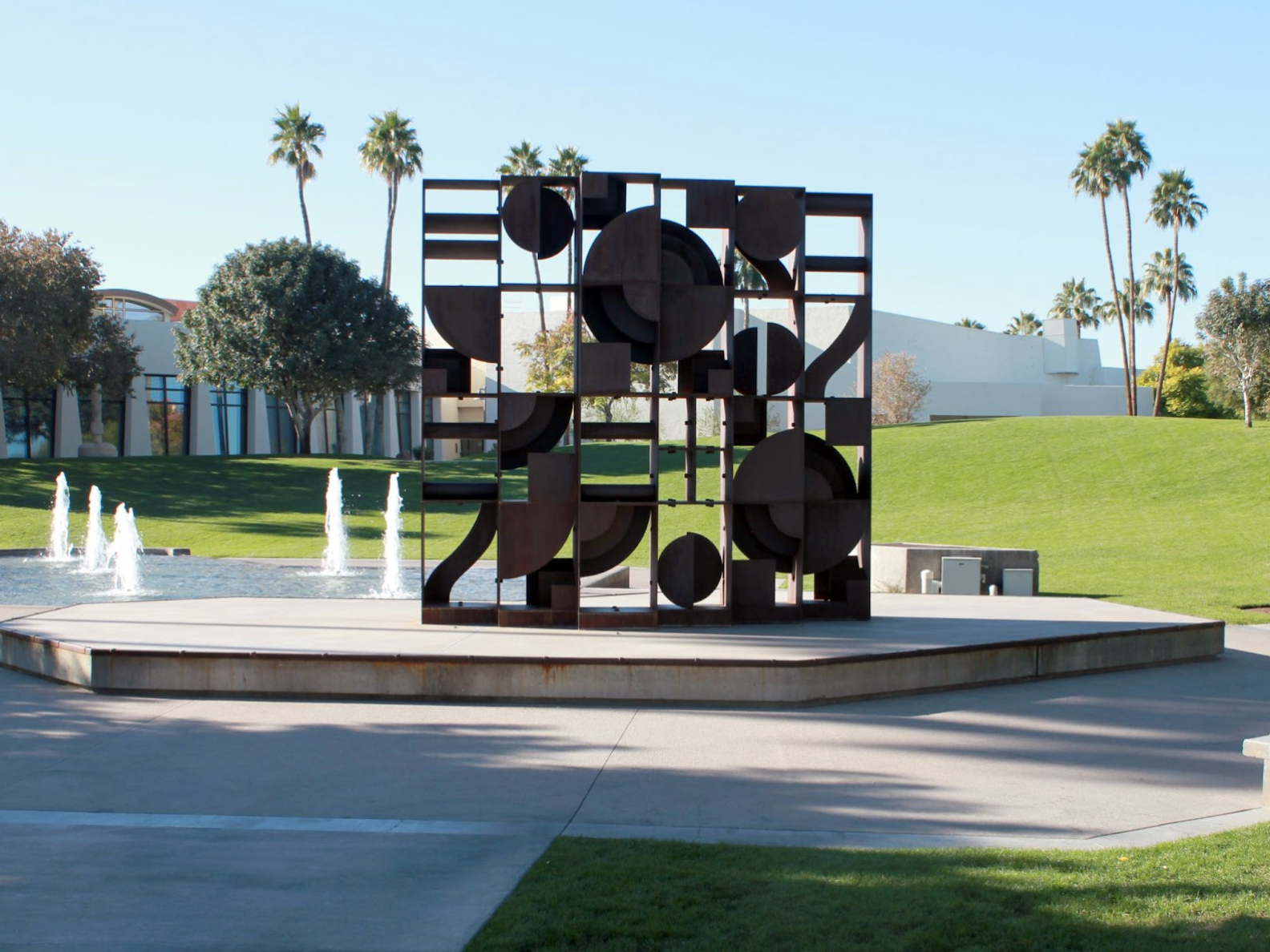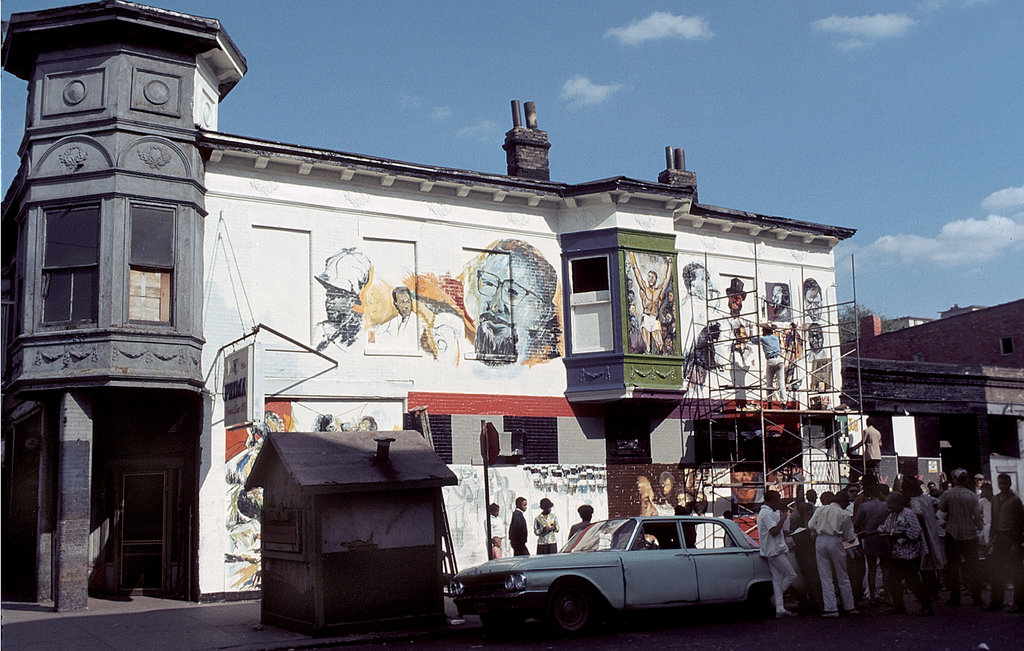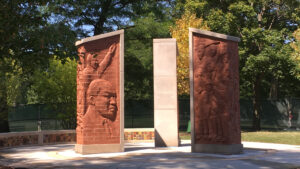Scottsdale is a city rooted in its Western origins. From the iconic public art displays like Windows to the West and Implosion to various architectural treasures inspired by the desertscape surrounding them, you can find a celebration of Western spirit around nearly every corner. Every year, Scottsdale honors this heritage during the city’s beloved Western Week, an event dedicated to ensuring the Western legacy remains strong. Here is our guide to Scottsdale Western Week 2024.
Returning to Old Town Scottsdale from January 27 – February 4, 2024, the free-to-attend event is back with more events and activities than ever before. The celebratory week starts with the Old Town Scottsdale Farmers Market on January 27, followed by a kick-off party planned to transport visitors back to the Wild West with events like the Rodeo Museum’s roping demonstrations, blacksmith demonstrations, live music and various pop-up shops.
Throughout the week, visitors have access to exclusive events like the Gold Palette Artwalk on February 1, an exhibition that spans the Scottsdale Art District featuring artwork from various galleries. The Hashknife Pony Express on February 2 is another favorite of the festival. Visitors are invited to gather at Scottsdale’s Museum of the West to witness the world’s oldest officially sanctioned Pony Express. On February 3, the Scottsdale Civic Center hosts the Arizona Indian Festival, which showcases the rich Indigenous American culture tied to the area with traditional arts and crafts, foods and engaging experiences.
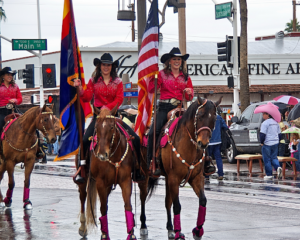
Closing the electrifying week, more than 125 acts will walk the streets of Old Town in the Parada Del Sol Historic Parade on February 3. In its 70th year, the thrilling parade features vibrant floats, marching bands and stagecoaches representing cultures from Mexico, Native American, Arabian and, of course, Western. Following the parade, visitors of all ages are encouraged to stay in the Old Town District for the Trail’s End Festival, a western-themed block party.
For residents at Optima Kierland® Apartments, Optima Sonoran Village and Optima Camelview Village, Scottsdale Western Week makes the perfect opportunity to get out and explore the community while learning more about the city’s roots. To learn more about Western Week and its many events and activities, head to Old Town Scottsdale’s website here.
